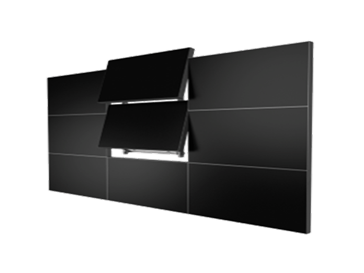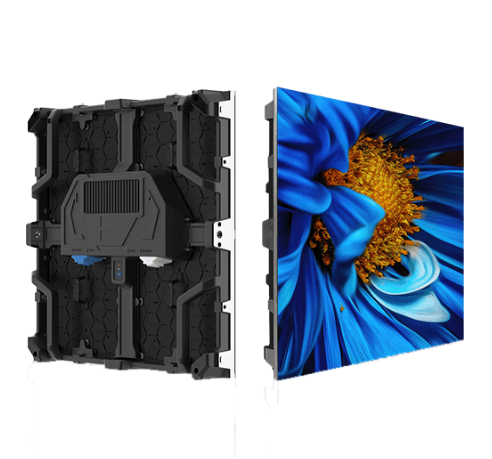LED vs LCD: Frequently Asked Questions about Video Walls
Once upon a time, if you wanted a massive display, your only option was projection. Nowadays, however, large format (bigger than a single TV) displays come in many different formats. Here at Evolution, we often get questions about the difference between the two main types of large format display: LED walls and LCD walls.
What is an LED Video Wall?
An LED wall is a large format display that is built in-place (where it is being installed) using individual tiles. These tiles can contain anywhere from 260,000 to 25 million individual LEDs in every square meter. Because each “pixel” is its own light source, LED walls have great brightness and are great for outdoor use in cases like event screens, billboards, and arenas.
What is an LCD Video Wall?
LCD video walls use multiple liquid crystal displays, similar to a regular consumer TV. These displays are all linked together and connected to a video wall controller, which splits the incoming signal, scales the resolution, and sends each display its part of the original signal. These video walls can be less expensive than LED video walls, but are not as bright, and have bezels that get in the way of a seamless picture.
An LCD video wall at EQ3’s flagship store in Winnipeg.
What is the difference between LED and LCD video walls?
LCD, short for Liquid Crystal Display, is a type of display panel that uses an array of polarizing filters, color filters, electrical conductors and liquid crystal to display images and videos. The alignment of the liquid crystals changes as electricity is sent to them, changing the amount and polarity of light let through the display panel. The light (which comes from the backlight inside of the display) is sent through two polarizing filters, which block any light that the layer of liquid crystal does not affect.
LED is sometimes used for conventional LCD displays that use an LED backlight; however, in the video wall world, LED refers to Direct View LEDs. Instead of light passing through a membrane, the pixels in an LED wall generate the light themselves. Each pixel contains a red, green, and blue LED (RGB), each of which adjust their brightness to display different colors.
Organic LED, or OLED, is sort of a hybrid between LCD and LED displays. A membrane system, like LCD, is used, but instead of allowing light through a filter, light is generated by the pixels. This allows for higher contrast in dark rooms, and better viewing angles than LCD panels. However, direct view LED panels provide the same contrast, but are less expensive and provide a better viewing experience when it comes to larger sizes. Direct View LED is also starting to appear in the consumer market, commonly referred to as MicroLED.
How big are LED tiles?
LED tiles come in many different sizes, but the two most common are 500x500mm and 600x338mm. The 500x500mm square panels are often used for sports venues and event applications, as the content for them is often custom made and doesn’t require a 16:9 display. The 600x338mm panels are built with a 16:9 aspect ratio, which allows a standard widescreen display to be built with the same number of panels horizontally and vertically. This also makes selecting a video wall controller much easier.
How much does an LCD Wall cost?
Because LCD walls are built from commercial LCD panels, the price is often less than it would be for an LED wall with a similar distance between pixels. However, for walls which are clearly visible at the same distance, a LCD is far more cost effective than an LED wall. High brightness, slim bezel LCD panels for video wall use usually are around $5000-$10,000 for a 55” panel, depending on the required brightness and fidelity. These video walls are built with special mounts and stands that allow for service access without removing the panel from the wall. Depending on the mounting location and requirements, mounting can cost anywhere from $3000 to $10,000.
How much does an LED Wall cost?
The price of an LED video wall can vary based on many factors: the pixel pitch of the panels, the overall size of the wall, and the space and type of mounting needed can all strongly affect the price of a video wall. Individual LED panels can range from $1000 to $5000 depending on required specifications, with the LED wall controller, power supplies and mounting hardware often costing 30 to 40 percent of the price of the panels.
We’ve installed both LED and LCD walls for businesses across Canada—so we’ve seen a thing or two. If you’re interested in bringing the next generation of large format displays to your spaces, get in touch. Our team can design, build and install the perfect solution for your business.




